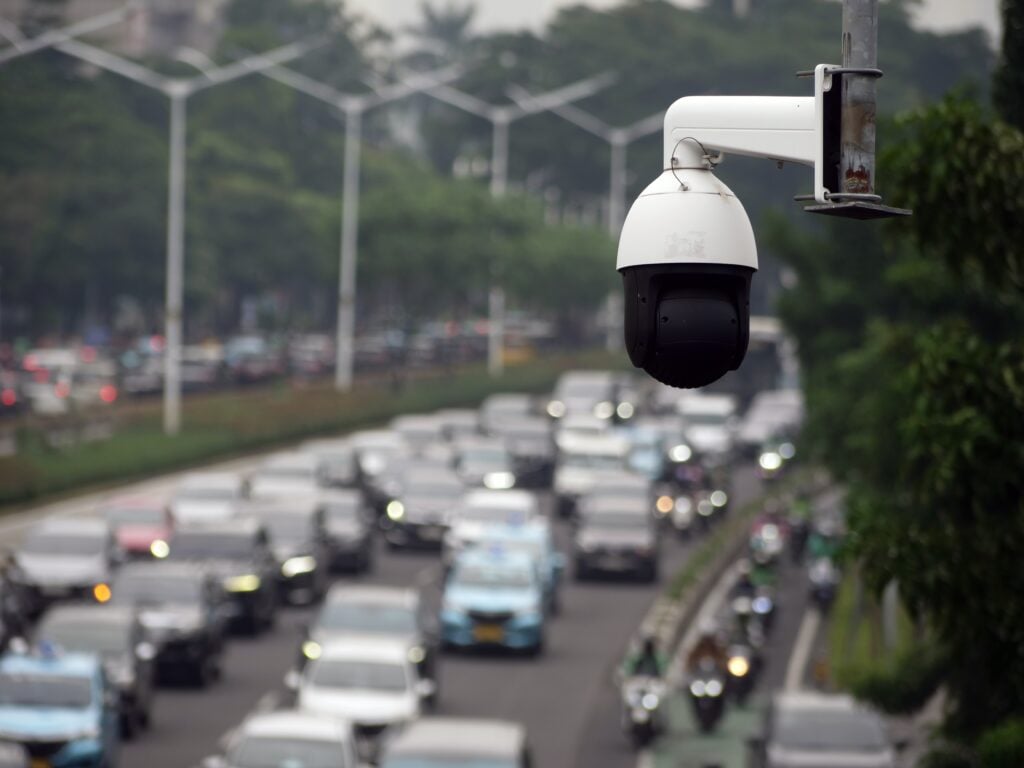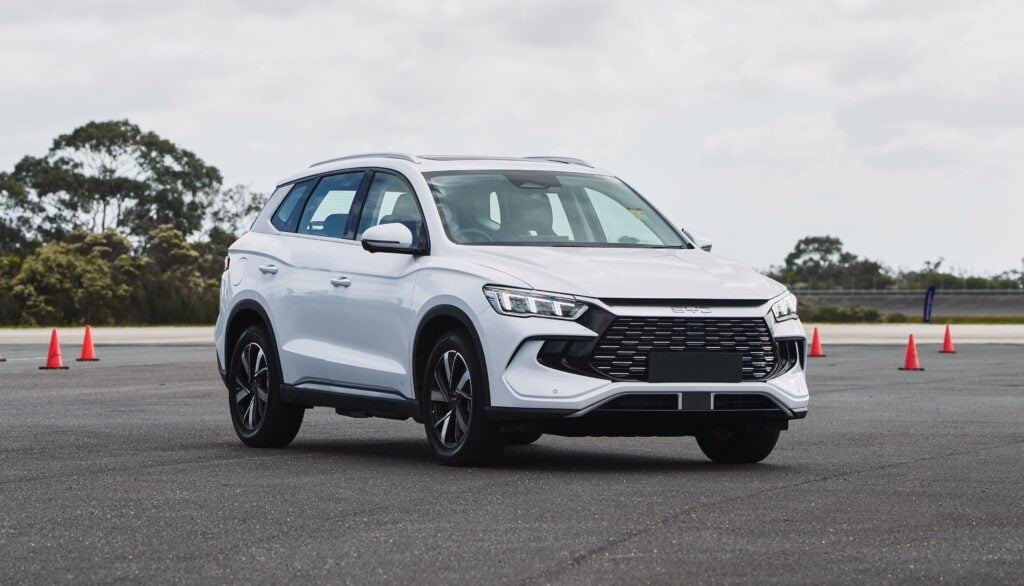Snapshot
- New protocol comes into effect January 2023
- Floodwater and child detection tests added
- AEB testing becomes tougher; motorcycle detection required
ANCAP has detailed its updated 2023 safety protocols with a focus on floodwater testing, child alert systems and motorcycle detection – as well as greater penalties for poor performance in AEB testing.
The new criteria will apply to all cars tested by ANCAP from January 2023 and builds on the current protocols that came into effect in January 2020.
Cars tested by the safety body will continue to carry their rating for six years without needing to be reevaluated under the latest protocol.
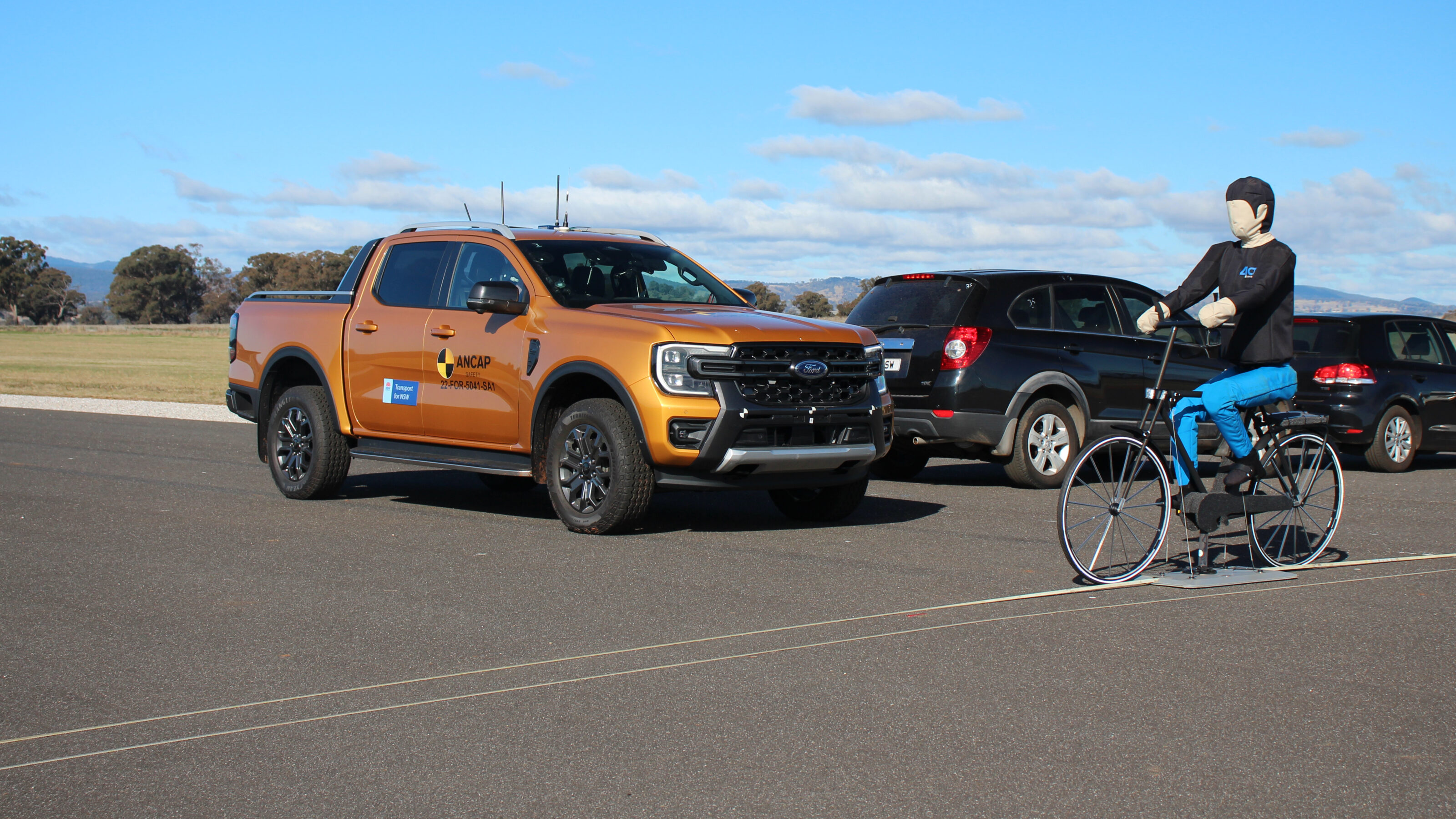
ANCAP CEO Carla Hoorweg said of the 2023 protocols: “Vehicles, and the safety technologies within them, are continuing to evolve – and our test criteria are too.
“Physical protection in a crash, and the ability to actively avoid a crash, are both essential elements to achieve a high ANCAP safety rating, and this approach will continue from 2023.”
What’s changed for 2023?
ANCAP’s protocols have evolved with a focus on the functionality of active safety equipment commonplace on new cars.
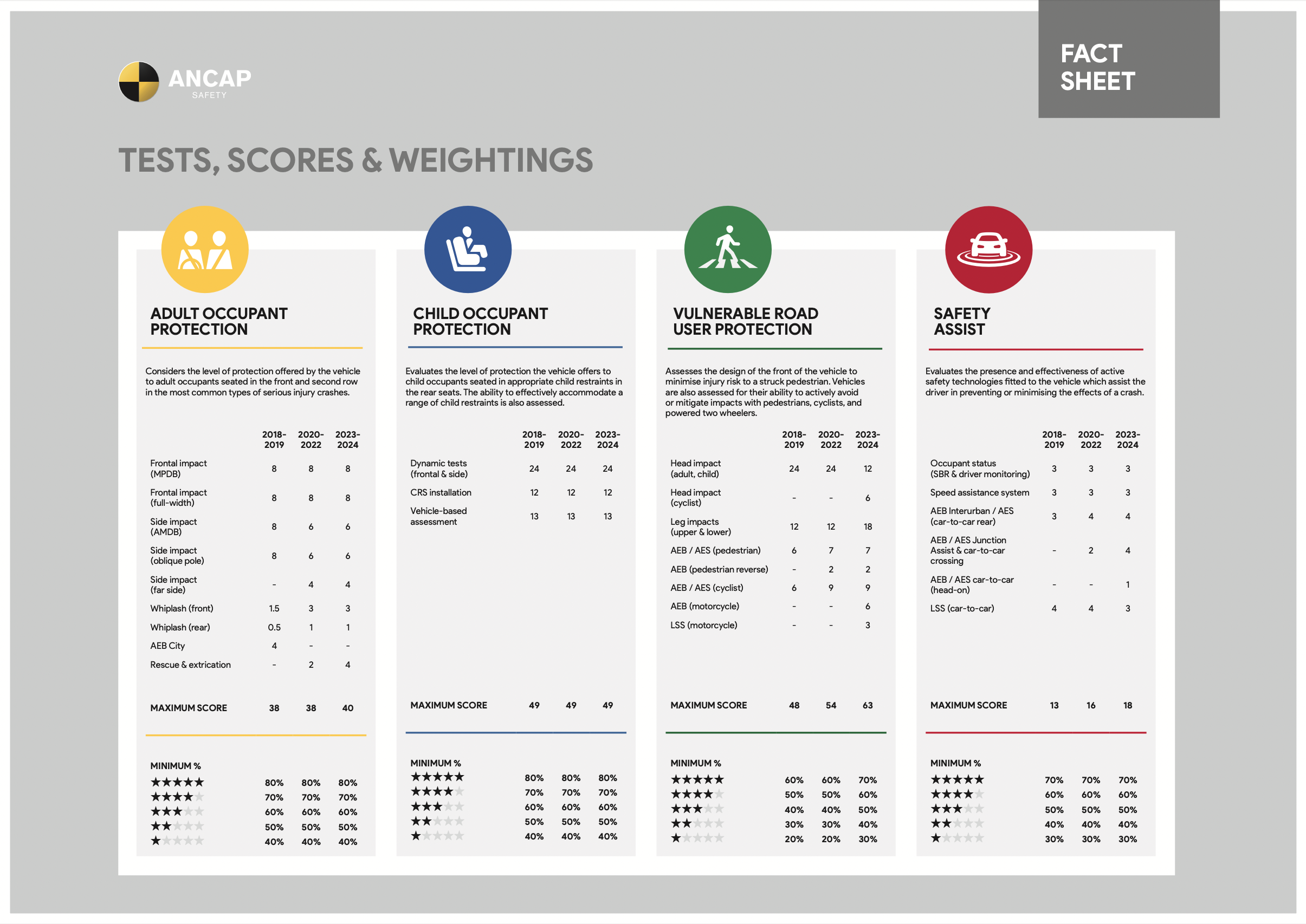
From 2023, new tests will include ‘AEB powered two-wheeler’ assessment that looks at the ability of a car’s AEB system to detect stationary and moving motorcycles.
Blind-spot monitoring systems will also be evaluated on their ability to prevent motorbike side-swipe incidents.
Detecting pedestrians while a vehicle is in reverse now becomes a criteria, as does cyclist junction detection and ‘dooring’ prevention (an audible warning made when a cyclist is detected in a vehicle’s blind-spot while parked or stationary and an occupant attempts to open a door).
The minimum score to receive five stars in the Vulnerable Road User section increases from 60 to 70 per cent. In theory, this would see both the Haval Jolion and Genesis GV60 drop to four-stars in that area if assessed under the new criteria.
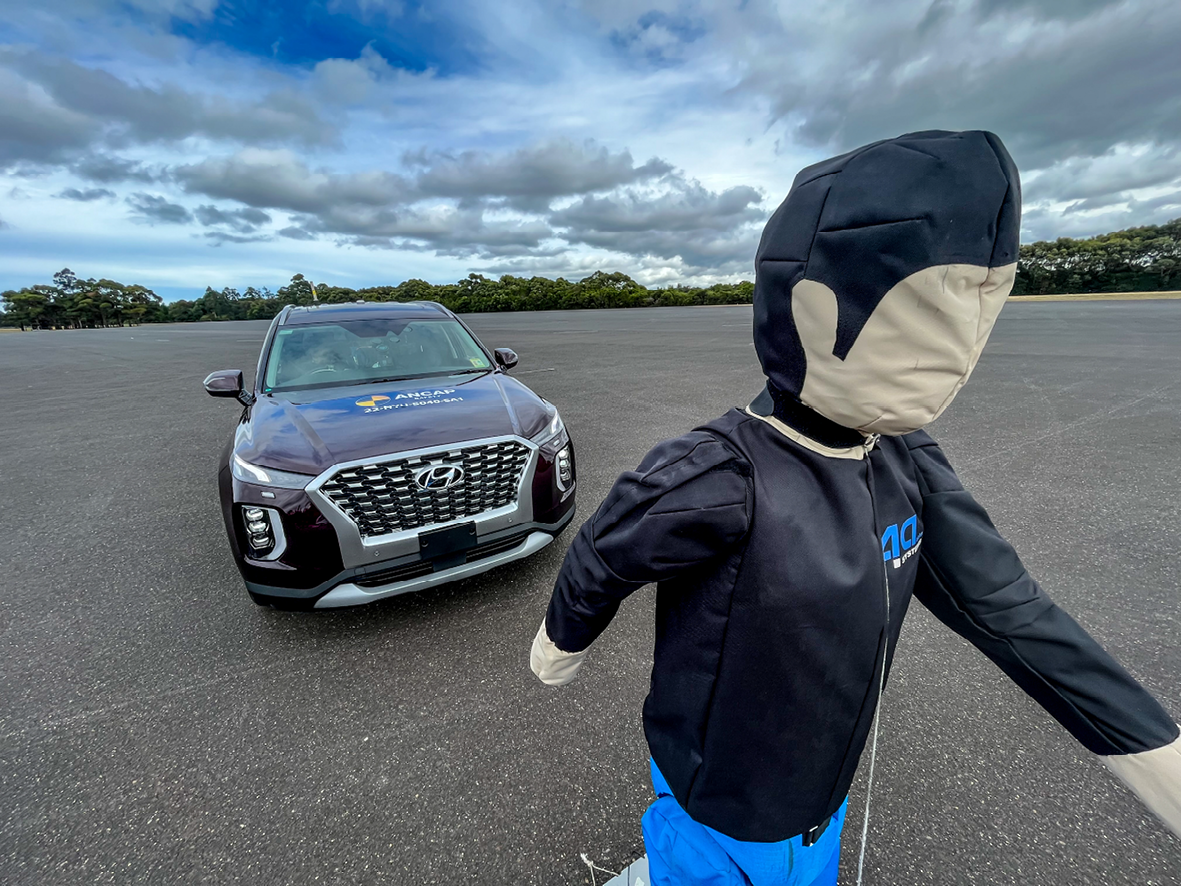
Both head-on and cross-junction scenarios have been added to the car-to-car AEB test procedures by ANCAP for 2023. The maximum penalty for poor functionality in this protocol has doubled, from four to a possible eight point deduction.
ANCAP has also introduced a tougher driver and fatigue monitoring protocol from 2023.
Earlier this year Wheels reported on ANCAP’s new criteria for floodwater assessment and child detection, which you can read in detail here.
But as a recap, cars assessed in 2023 will need to demonstrate that their batteries can continue to power electric windows for 10 minutes post-submergence.
Child detection systems that use visual, audible – or a combination of both- warnings to alert the driver to a child’s presence will also be assessed from next year.




